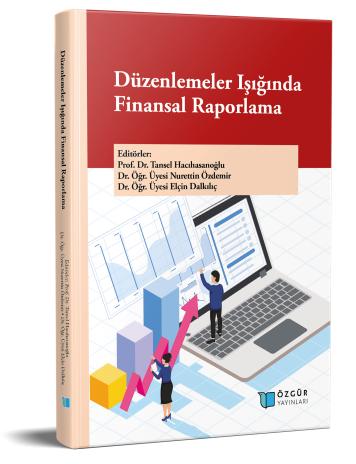
Accounting for Borrowing Costs within the Framework of TAS/TFRS, BOBI FRS and KUMI FRS
Chapter from the book:
Hacıhasanoğlu,
T.
&
Özdemir,
N.
&
Dalkılıç,
E.
(eds.)
2023.
Financial Reporting in the Light of Regulations.
Synopsis
While today's competitive environment is getting heavier day by day, it also makes it difficult for businesses to survive. Businesses that want to compete and ensure the sustainability of their activities in accordance with the concept of continuity have to focus on investment activities. At this point, the need for financing resources arises. The need for financing, which is primarily met from equity sources, can sometimes be met from foreign sources. Apart from the inadequacy of equity resources, the cost of using foreign resources is lower than the cost of using equity resources, having a larger structure with the use of foreign resources and the interest expenses arising from the use of foreign resources can be counted among the reasons that push enterprises to use foreign resources. For the reasons mentioned above, enterprises that meet their financing needs from foreign sources such as banks, credit institutions, vendors, other persons or organisations incur borrowing costs consisting of interest and other expenses. Borrowing costs, which directly affect the financial position and financial performance of enterprises, are regulated in financial reporting frameworks. In this study, it is aimed to examine the provisions related to borrowing costs in the financial reporting frameworks and to reveal the principles regarding the recognition of borrowing costs in accordance with these provisions. In this context, the accounting of the asset subject to borrowing costs in terms of whether the asset subject to borrowing costs is a qualifying asset according to the applicable financial reporting frameworks and whether it meets the capitalisation conditions, and how borrowing costs are presented in the statement of financial position or profit and loss statement items.

